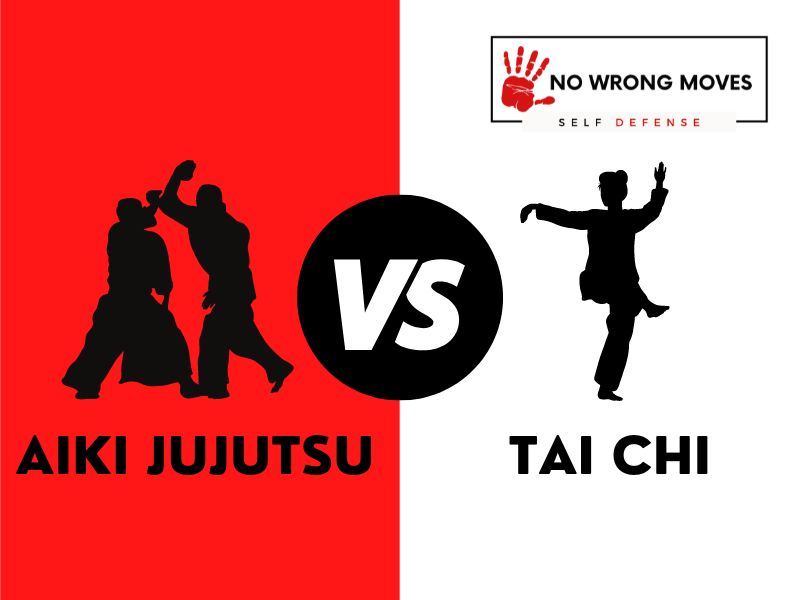
- What We Know About Aiki Jujutsu
- What We Know About Tai Chi
- Key Elements Of Aiki Jujutsu
- Key Elements Of Tai Chi
- Aiki Jujutsu Rankings & Levels
- Tai Chi Rankings & Levels
- Aiki Jujutsu Vs. Tai Chi Attire
- What A Typical Aiki Jujutsu Training Session Looks Like
- What A Typical Tai Chi Training Session Looks Like
- Movies With Aiki Jujutsu and Tai Chi
- Conclusion: Aiki Jujutsu Vs. Tai Chi
Today, we are going to end the long-standing debate of Aiki Jujutsu Vs. Tai Chi! People (especially those online) go back on forth on which discipline is better.
Some say that Aiki Jujutsu is more fluid and instinctive, while others argue that Tai Chi is more powerful and straightforward. So which is it, and why?
Well...
The main difference between Aiki Jujutsu and Tai Chi is that Aiki Jujutsu focuses on throws, joint locks, and striking, while Tai Chi focuses on redirecting the opponent's energy. Tai Chi is a internal martial art, while Aiki Jujutsu is an external martial art.
This means that in Tai Chi, the practitioner relies on their own internal energy, while in Aiki Jujutsu, the practitioner uses the opponent's energy against them.
What We Know About Aiki Jujutsu
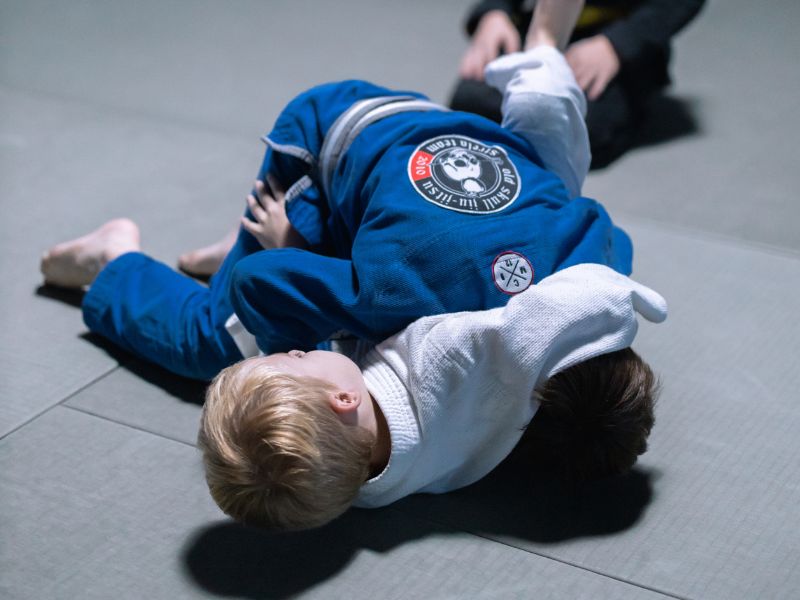
Aiki Jujutsu is a martial art that involves harmonizing your own energy with that of your opponent in order to redirect it in a way that suits your needs.
Instead of meeting force head-on, Aiki Jujutsu practitioners use Kempo-Jutsu's striking and evasive techniques to position themselves close to their opponents. They then follow up with linear, diagonal, or circular movements to redirect the opponent's energy.
Throwing techniques in Aiki Jujutsu rely heavily on Kempo-Jutsu's Atemi. However, in some instances, a skilled practitioner can apply Aiki Jujutsu throwing techniques by blending with their opponent's energy.
Aiki Jujutsu can be traced back to the Takenouchi Hisamori's Shinmei-ryu school of swordsmanship, which he founded in the early 1600s.
His student, Takeda Sokaku, is credited with creating Aiki Jujutsu from the techniques he learned from Hisamori. Sokaku passed on his knowledge to his son, Takeda Tokimune, who then continued to develop and teach the art until his death in 1943.
The art was further refined by Morihei Ueshiba, who created Aikido, a modernized version of Aiki Jujutsu.
Even today, Aiki Jujutsu can be used for self-defense or as a form of physical and mental exercise. Its excellent teachings regarding control over one's body and mind have made it a staple in the martial arts community.
What We Know About Tai Chi
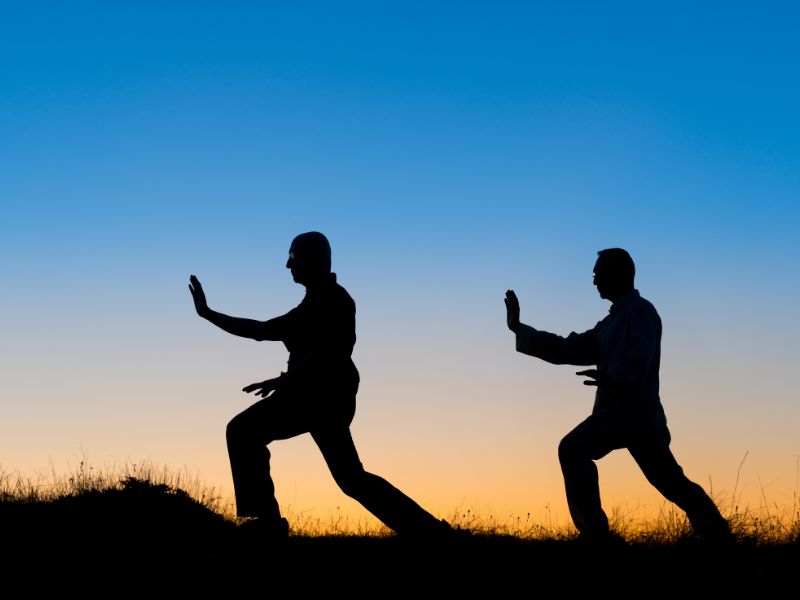
Tai Chi is a martial art that originated in China. It's based on the principles of nature and the movements of animals.
Tai Chi is practiced slowly and with purpose, and is known for its health benefits. Tai Chi is often described as “meditation in motion” because it helps to focus the mind and relax the body.
The slow, deliberate movements help to improve balance and coordination, and the deep breathing helps to increase lung capacity.
Tai Chi has been shown to reduce stress, improve heart health, and boost the immune system. It is suitable for all ages and levels of fitness, and can be done anywhere – indoors or outdoors, in a group or alone.
There is no need for special equipment or clothing, just comfortable clothes that allow you to move freely. So why not give Tai Chi a try? You may be surprised at how good it makes you feel.
Of course, this is only a brief history and understanding of Aiki Jujutsu and Tai Chi, but if you want to go deeper into either art, be sure to check out the following posts:
Now, back to the comparison...
Let's look at the origins of the respective disciplines and then compare the key elements of their practices. You will be able to understand some of their similarities and differences a bit better afterward.
| Aiki Jujutsu | Tai Chi | |
| Origins | Japanese | Ancient Chinese |
Key Elements Of Aiki Jujutsu
One of the fundamental principles in Aiki Jujutsu is the use of leverage and balance to gain an advantage over one's opponent. This involves the strategic application of force and momentum to manipulate an opponent's body, making it easier to control and overpower them.
Another essential component of Aiki Jujutsu is the use of body movement and positioning.
By carefully positioning one's body in relation to the opponent, a practitioner can create openings for attacks or defensive maneuvers. This requires a high degree of spatial awareness and precision in movement.
Joint locks and throws are powerful techniques that can be used to subdue an opponent quickly and efficiently.
These maneuvers involve applying pressure to a joint or manipulating an opponent's balance to throw them to the ground. They require a thorough understanding of anatomy and a high degree of technical skill.
One of the most advanced techniques in Aiki Jujutsu is the ability to blend with the motion of an attacker. This involves moving in a way that allows a practitioner to avoid incoming attacks while simultaneously positioning themselves to counterattack.
It requires an acute awareness of an opponent's movements and a high level of skill in evasive maneuvers.
Next, breath control is an essential component of Aiki Jujutsu. By learning to regulate their breathing, practitioners can maintain their focus and energy levels, even in the face of physical exertion and stress.
Mental focus and calmness in the face of adversity are critical traits for any Aiki Jujutsu practitioner.
If you're knee deep into a fight, you'll want to know how to maintain a clear head and a calm demeanor, even in the face of danger. This requires mental fortitude and the ability to stay focused under pressure.
Finally, one of the most powerful parts of this martial art is its ability to use an attacker's energy against them.
By skillfully redirecting an opponent's momentum, a practitioner can use their strength and force to overpower them. This requires a deep understanding of physics and a high degree of technical skill.
Key Elements Of Tai Chi
The key elements that comprise Tai Chi are its slow, repetitive movements; its focus on breathing and alignment; and its incorporation of meditation and mindfulness. All of these elements work together to create a practice that is both calming and energizing.
The slow, repetitive movements help to calm the mind and release tension in the body.
The focus on breathing and alignment, as well, helps to ensure that the body is moving in a way that is safe and beneficial, while the incorporation of meditation and mindfulness helps to connect the mind and body.
Another thing I think is important to look at is the different rankings and levels in each art. if you are looking to take up either Aiki Jujutsu or Tai Chi, whether as a hobbyist or to compete, you need to understand the different levels of proficiency and what is required for testing and ranking.
Aiki Jujutsu Rankings & Levels
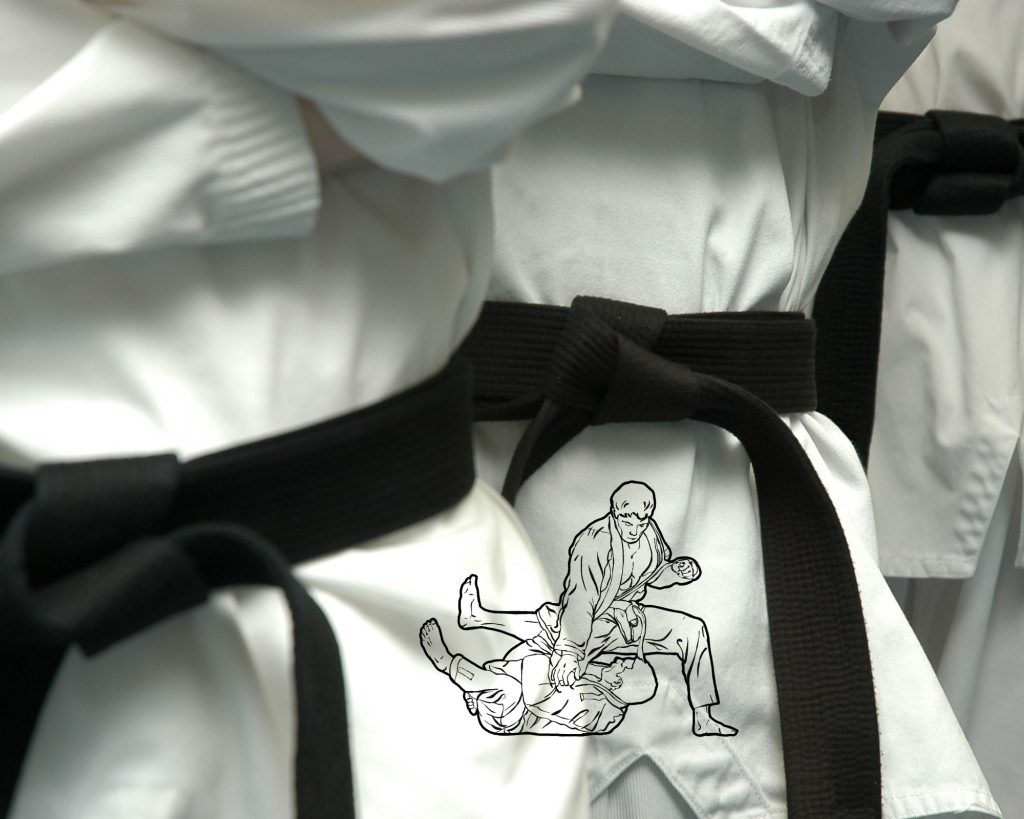
There are three levels in Aiki Jujutsu: beginner, intermediate, and advanced.
The beginner level is for students who are new to the art and are still learning the basics. At this level, students learn how to defend themselves against basic attacks and how to execute basic moves.
The intermediate level is for students who have mastered the basics and are now learning more advanced techniques. At this level, students learn how to defend themselves against more advanced attacks and how to execute more complex moves.
The advanced level is for students who have mastered the intermediate level and are now learning the most advanced techniques. At this level, students learn how to defend themselves against the most advanced attacks and how to execute the most complex moves.
Tai Chi Rankings & Levels
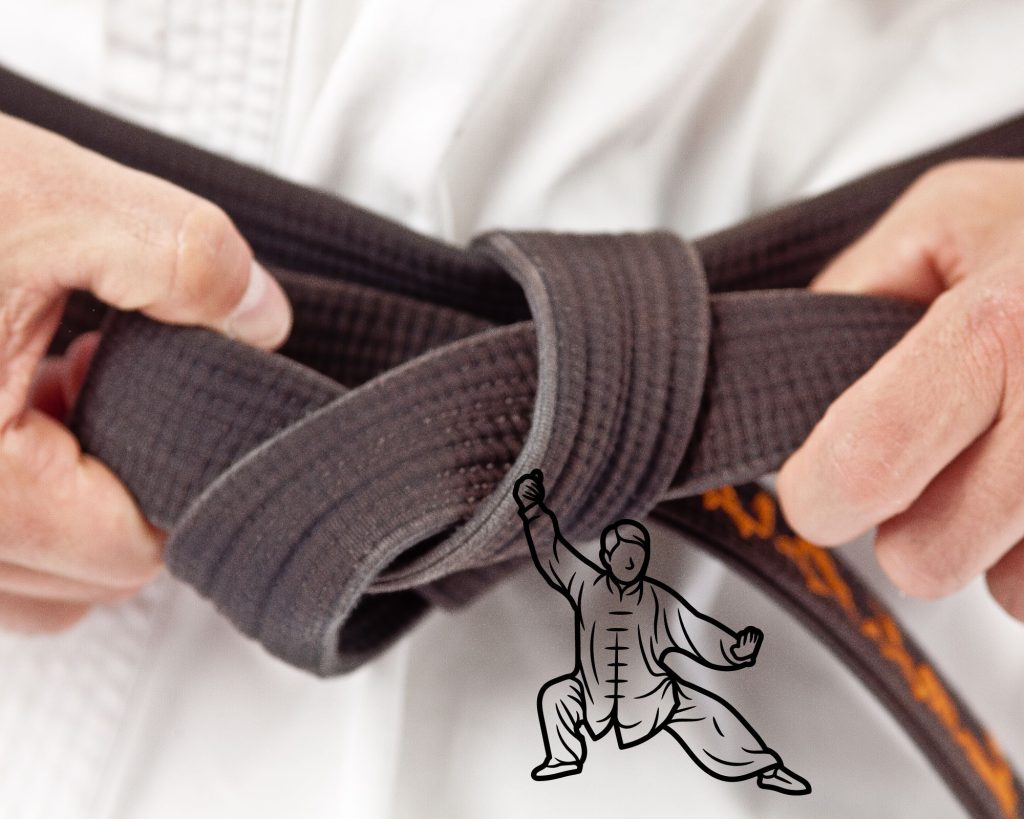
The Tai Chi rank system is a grading system used to indicate a person's progress and level of mastery in the martial art of Tai Chi. The system has three tiers: beginning, intermediate, and advanced. In each tier, there are three ranks: Copper, Silver, and Gold.
The beginning tier is for students who are new to Tai Chi. They start at the rank of Copper Eagle, Silver Eagle, or Gold Eagle, depending on their level of proficiency.
The intermediate tier is for students who have some experience with Tai Chi. They start at the rank of Copper Tiger, Silver Tiger, or Gold Tiger, depending on their level of proficiency.
The advanced tier is for students who have mastered the basics of Tai Chi and are ready to learn more complex techniques. They start at the rank of Copper Dragon, Silver Dragon, or Gold Dragon, depending on their level of proficiency.
Each rank in the Tai Chi rank system represents a different level of skill and knowledge.
As a student progresses through the ranks, they will learn more complex techniques and be able to execute them with greater precision and power. The ultimate goal is to reach the rank of Grand Master, which is the highest possible rank in the system.
Aiki Jujutsu Vs. Tai Chi Attire
This section simply compares the clothing and uniforms that practitioners wear in combat.
Aiki Jujutsu Attire:
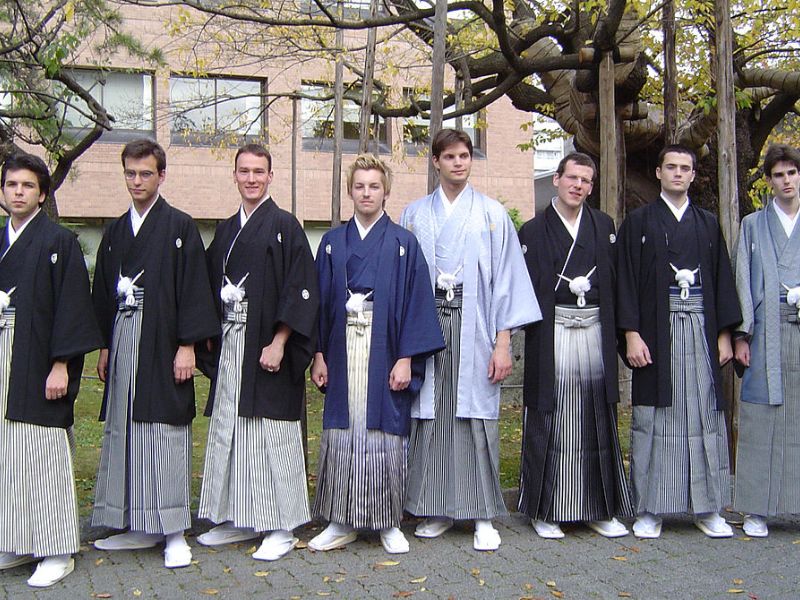
In terms of attire, Aiki Jujutsu practitioners typically wear a traditional dogi and hakama. This allows for better gripping and movement during techniques.
Tai Chi Attire:
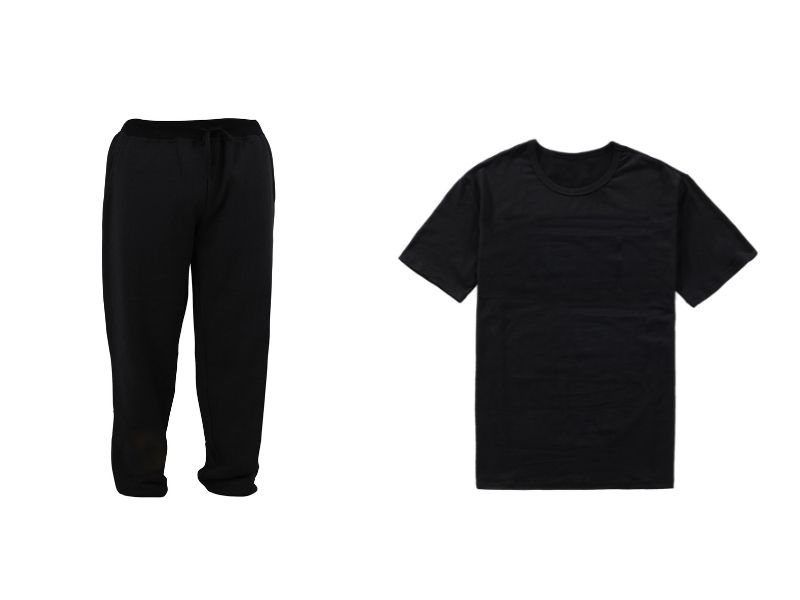
Most people who practice Tai Chi tend to wear comfortable clothing that allows for a full range of motion. Some might choose to wear loose-fitting pants and a T-shirt, while others may prefer to wear sweatpants and a hoodie. Many people also choose to practice barefoot.
What A Typical Aiki Jujutsu Training Session Looks Like

A typical Aiki Jujutsu practice session may start with a few minutes of warm-ups, such as joint rotations and light stretches. This is followed by practicing techniques, which may include throws, locks, and pins. The session usually ends with some relaxation exercises and a cool-down.
One of the most commonly used techniques in Aiki Jujutsu is the wristlock. This involves controlling an opponent's wrist and using their own momentum to throw them off balance.
In addition to physical technique, Aiki Jujutsu also emphasizes mental and spiritual development. This includes cultivating a strong mind-body connection and developing qualities such as patience and awareness.
What A Typical Tai Chi Training Session Looks Like
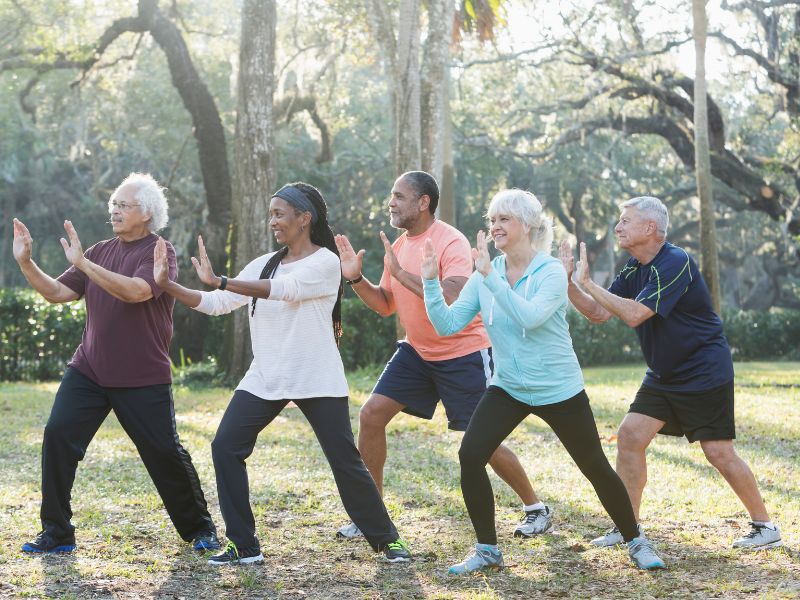
A typical Tai Chi practice session begins with a warm-up that includes gentle stretching and massage. This helps to loosen the muscles and prepare the body for the movements to come. The warm-up is followed by a series of slow, deliberate movements.
These movements are designed to promote circulation and flexibility. As the practice session progresses, the movements become more complex and flowing. The final phase of the session is devoted to relaxation. This is often done through deep breathing and visualization exercises. Tai Chi is a meditative practice that can be performed by people of all ages and abilities.
If the last few sections have been a bit full-on or a bit too technical, you will like this next section! Why? Because who doesn't love a good martial arts flick?
Both Aiki Jujutsu and Tai Chi have been featured in a number of films and TV shows, so if you want to learn more about them, then entertain yourself with the following 👊
Movies With Aiki Jujutsu and Tai Chi

These are some of the top movies and shows with Aiki Jujutsu in them:
- The Bourne Identity (2002)
- Kill Bill: Volume 1 (2003)
- The Protector (2005)
- The Matrix Reloaded (2003)
- Ong Bak (2003)
- 13 Assassins (2010)
- The Raid (2011)
And some amazing movies with Tai Chi in them are:
- The King and the Clown (2005)
- Remember the Titans (2000)
- Children of Men (2000)
- The Grandmaster (2013)
- Double Impact (1991)
Each of these movies showcases the beauty and power of both of these martial arts, as well as their potential for self-defense. They also demonstrate how these disciplines can be a vehicle for growth and personal empowerment.
Conclusion: Aiki Jujutsu Vs. Tai Chi

I hope you now have a deeper understanding of Aiki Jujutsu and Tai Chi. In all truth, it is not about which discipline is "better" as they each have their pros and cons.
If you do plan on starting classes for either, please check out my other related posts, as I have tried my best to answer all the FAQs related to the art.
Feel free to share this post and any graphics you like, and of course, if you have any questions or thoughts, drop them below or shoot me an email, and I will be happy to assist 🙂
Check out BJJ next here!
[author-box-jpx-fitness]
